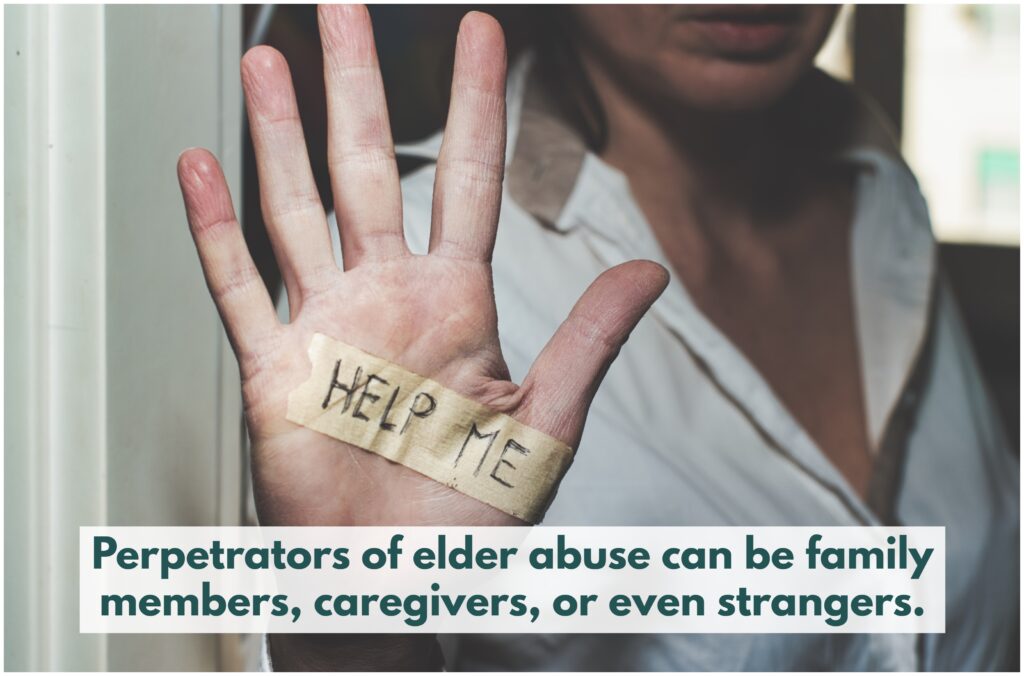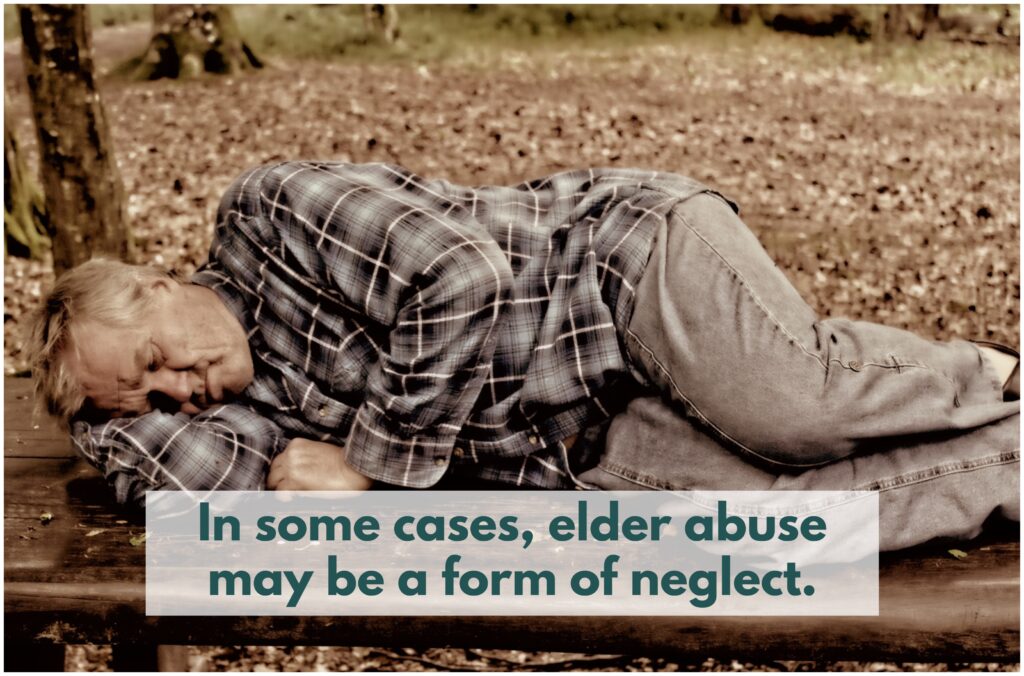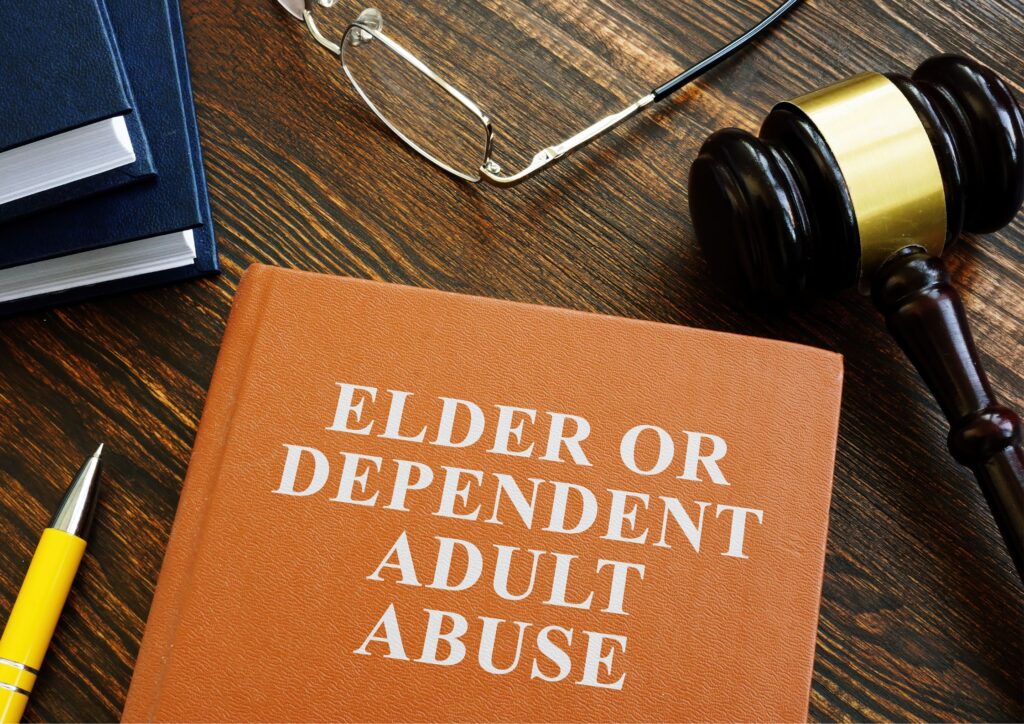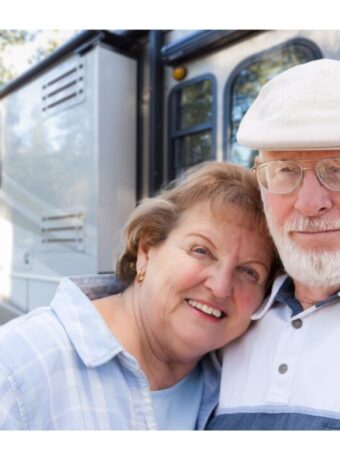As we age, many depend on caregivers for daily support. This dependence can expose seniors to abuse and neglect. Senior abuse is a serious issue impacting many older adults. It appears as physical, emotional, financial, and sexual abuse, along with neglect and abandonment.
Estimates suggest one in ten seniors experiences abuse. Unfortunately, these cases frequently go unreported. This silence hides the widespread nature of senior abuse and leaves many vulnerable.
Everything You Need About Senior Abuse
We need to grasp the signs and causes of senior abuse and learn effective prevention methods. This blog post dives into the harsh realities senior abuse imposes on elders and their families. It also covers the essential roles that healthcare providers, caregivers, and family members have in both preventing and tackling senior abuse.
By spreading awareness and supporting educational efforts about senior abuse, we ensure that our seniors are treated with the respect and care they deserve. Educating individuals and communities on recognizing the signs of senior abuse is crucial. This enables them to spot and report such instances effectively.
It’s also important to teach about the various forms of senior abuse, along with the risk factors and warning signs. Armed with this knowledge, we can protect our seniors from abuse and neglect.
Prefer to listen rather than read?
Definition of Senior Abuse
Senior abuse refers to any intentional action or neglect by a caregiver or someone in a trusted position that harms or poses a serious risk to an older adult. Abuse can be in the form of physical and mental.

It can occur in various environments such as a senior’s own home, nursing homes, or assisted living facilities. Often, the abusers are caregivers or family members. Senior abuse is a major concern. It’s a situation that affects a vulnerable population and leads to long-term physical, emotional, and financial harm. Fully understanding senior abuse is crucial for prevention and intervention.
Types of Senior Abuse
Senior abuse can be categorized into two main types: intentional and unintentional. Caregivers, family members, and other people with ill-intentions put aged individuals at risk of abuse. Bad intent can lead to physical or mental harm among seniors. People can even abuse seniors without being aware of it like not giving them food or medications for a day.
Recognizing the different forms of senior abuse is critical for spotting potential cases and taking steps to prevent them.
Physical Abuse
Physical abuse in seniors involves using physical force that results in pain, harm, or impairment. Examples include hitting, slapping, pushing, or inappropriately using restraints like shackles or medication.
Seniors on the receiving end of these abuses suffer from injuries. These injuries can be hidden from the naked eye if hidden within their clothes. Family members and friends may not notice a senior is the target of physical abuse unless the victim speaks up.
Physical abuse usually coexists with other abuse types, like emotional or financial abuse, often stemming from an abuser’s desire to control the victim.
Emotional Abuse
Emotional abuse is another form of senior abuse that significantly affects an older adult’s mental and emotional health. It includes verbal assaults like yelling or name-calling, and psychological tactics such as manipulation or threats. This abuse can deeply damage a senior’s self-esteem and confidence, resulting in depression, anxiety, and isolation.
Psychological abuse often involves manipulation, coercion, or threats to control or intimidate an older adult. Tactics might include isolating the senior from friends and family, making threats of harm or abandonment, or using guilt to influence behavior.
The impact of emotional abuse can be profound and enduring. Seniors might suffer from depression, anxiety, PTSD, and physical symptoms such as headaches or high blood pressure. Often, they withdraw from social connections, which can further harm their well-being.

Sexual Abuse
Sexual abuse in seniors involves any sexual activity that lacks the informed and voluntary consent of the older adult. Acts that seems innocent can be considered sexual harassment to seniors like an innappropriate comment. These acts become “abuse” when the victim continues to receive them.
Often, seniors who face sexual abuse may not be able to consent due to cognitive impairments, physical disabilities, or other health issues.
Abusers might use physical force, threats, or other coercive methods to initiate sexual interactions. The consequences of sexual abuse for seniors are severe and can lead to long-lasting trauma.
Financial Abuse
Frauds can range from spurious investment schemes and phony charity appeals to phony sweepstakes and lottery frauds. It can also be through criminal scams looking to steal a senior’s money or personal information.
Financial abuse is a distressing form of senior abuse that takes many forms. Beyond theft and fraud, it often involves tactics that exploit an older adult’s finances for the abuser’s benefit. This type of abuse can also occur in familial or caregiving relationships where a trusted person might manipulate their position to exploit the older adult financially. For instance, a family member could pressure the senior to hand over property or assets, or a caregiver might siphon funds for personal use.
Abusers may restrict a senior’s access to their own funds, distort financial decisions, or withhold money as a means of control. Additionally, seniors are targeted with scams like fake investment opportunities, bogus charity drives, or fraudulent sweepstakes and lotteries, tricking them into surrendering money or personal information.
Neglect
Neglect is another form of senior abuse with significant implications for an older adult’s health and well-being. It varies widely in form and can stem from multiple causes.
Physical neglect involves failing to provide essentials such as food, water, and medical care. This can occur if a caregiver is unable or unwilling to meet a senior’s basic needs, or when resources are inadequate. Emotional neglect happens when seniors are consistently left alone, lacking necessary social or emotional support. This leads to feelings of loneliness, depression, and anxiety, especially harmful for isolated or solitary seniors. These experiences significantly deteriorate their quality of life and overall well-being.

Abandonment
Abandonment involves the desertion of an older adult by a caregiver or family member. This may involve leaving an older adult alone without the necessary resources or support. Abandonment can also occur when a caregiver or family member fails to provide necessary care or support, such as refusing to provide food, medication, or transportation.
Abandonment can occasionally take the form of a caregiver purposefully leaving a senior alone without the assistance or resources they need. In other situations, such as when a caregiver is overworked and unable to provide proper care, abandonment may be the result of caregiver burnout or a lack of resources. Regardless matter the reason, abandonment is a significant problem that needs to be addressed right once.
To address the physical, emotional, and financial effects of desertion, older persons may need medical attention, counselling, and other support services.
Causes of Senior Abuse
Senior abuse is a serious and prevalent problem that affects a significant number of older adults. There are several causes of senior abuse, including individual, societal, and environmental factors. Here are some of the most common individual factors that contribute to senior abuse:
Caregiver Stress
- Caregivers who are overwhelmed with the demands of caring for an older adult may become abusive due to stress and frustration.
- They may lack support or resources to manage their own needs, leading to neglect or abuse of the older adult in their care.
Mental Illness
- Mental illness may impair a caregiver’s ability to provide appropriate care and may increase the likelihood of abuse.
- Older adults with mental illness may also be more vulnerable to abuse from caregivers and others in their lives.
Substance Abuse
- Caregivers who struggle with substance abuse may neglect or abuse older adults in their care due to their impaired judgment and lack of control.
- Older adults who struggle with substance abuse may also be more vulnerable to abuse from caregivers or others.

History of Domestic Violence
- Older adults who have a history of domestic violence may be at a higher risk of experiencing abuse from their current caregivers or partners.
- Caregivers who have a history of perpetrating domestic violence may continue to do so in their role as caregivers.
Intergenerational Conflicts
- Conflicts between older adults and their adult children or other family members may lead to abuse.
- Younger family members may also abuse older adults due to ageism or a lack of respect for their seniors.
Ageism
- Ageism refers to discrimination or prejudice against older adults based solely on their age.
- This societal factor may contribute to abuse by devaluing and marginalizing older adults, making them more vulnerable to mistreatment.
Social Isolation
- Older adults who are socially isolated may be more vulnerable to abuse due to their limited contact with others and lack of support.
- Caregivers who feel isolated may also be more likely to abuse older adults in their care.
Lack of Community Resources
- A lack of community resources, such as affordable housing, transportation, and healthcare, may contribute to abuse by limiting older adults’ options and increasing their vulnerability.
- The lack of resources for caregivers may also contribute to abuse by increasing their stress and burden.
Environmental factors that contribute to these abuses include poverty, limited access to healthcare, and inadequate housing. All of these factors can interact in complex ways to increase the risk of senior abuse. Understanding these causes is essential for identifying and preventing senior abuse and promoting the health and well-being of older adults.
As a society, we must work together to address these issues and ensure that every senior is free from exploitation, neglect, and abuse.
Signs and Symptoms of Senior Abuse
It is a significant public health and human rights issue that requires attention and action by professionals and individuals alike. Understanding the warning signs and symptoms of senior abuse is crucial for identifying and preventing this harmful behaviour.
Here are some more details about the signs of different types of abuse:
Physical Abuse
- Signs of physical abuse may include unexplained bruises, cuts, burns, or other injuries.
- Seniors may also show signs of restraint, such as rope marks or bruising around the wrists or ankles.
Sexual Abuse
- Signs of sexual abuse may include unexplained sexually transmitted infections or injuries in the genital area.
- An abused senior may also show signs of distress or discomfort when touched or approached sexually.
- Physical injuries such as bruising, genital trauma, or sexually transmitted infections may occur, as well as emotional trauma, anxiety, and sadness.
Emotional Abuse
- Signs of emotional abuse may include sudden changes in behaviour, such as agitation, fear, depression, or withdrawal.
- A seniors may also appear anxious or fearful around a particular person or in a particular setting.
- Verbal abuse can take many forms, including yelling, swearing, belittling, or criticizing an older adult.
Financial Exploitation
- Signs of financial exploitation may include sudden changes in financial statuses, such as unexplained withdrawals or transfers of funds.
- An abused senior may also have unpaid bills or other signs of financial distress.
Neglect
- Signs of neglect may include untreated medical conditions, such as bed sores or infections.
- An abused senior may also live in unsanitary or unsafe conditions or lack basic needs such as food, water, or medicine.
Prevention Strategies for Senior Abuse
Prevention strategies for senior abuse are critical in combating this growing social problem. Individuals and organizations working with older adults must be aware of the signs of senior abuse and how to respond appropriately.
Increase Awareness
One of the most effective ways to prevent senior abuse is to increase awareness and education among caregivers, family members, and the seniors themselves. This can be done through community outreach programs that provide information on warning signs and prevention strategies.

Building Social Networks
Building social networks and support systems for older adults can also help to prevent senior abuse, as isolation and loneliness can make them more vulnerable to abuse. It is also important to develop and enforce strict laws and policies that hold abusers accountable for their actions.
Ultimately, preventing senior abuse requires a coordinated effort and a commitment to creating a safer environment for seniors.
Importance of Reporting These Abuses
Reporting senior abuse is crucial in protecting vulnerable seniors who may be experiencing physical, emotional, or financial harm. It is a growing problem that can have devastating effects on seniors’ physical and mental health, and it often goes unreported due to a variety of reasons, such as fear of retaliation, shame, or lack of awareness.
Reporting senior abuse can be difficult, but it is a vital step in violence prevention, and it can help to identify those at risk, intervene early, and prevent future occurrences. Reporting elders’ abuse is not only an important ethical responsibility, but it is also mandated by law, and healthcare providers, caregivers, and family members have a duty to do so to ensure elders’ safety and well-being.
By recognizing the warning signs of these abuse and reporting suspected cases, we can play a vital role in protecting these vulnerable members of our society from the silent suffering of senior abuse.
Resources for Abuse Victims
It is a serious problem that affects thousands of older adults every year. As we uncover more incidents of abuse, it’s important to remember that there are resources available for victims to seek help and support.
It’s necessary to understand that this abuse is a complex issue, and it might be hard for some older adults to identify that they are suffering from abuse. Fortunately, many national and local organizations have created programs and resources that provide advice and assistance to abuse victims.
These resources may include legal assistance, counselling services, crisis hotlines, and protective services. To protect against senior abuse, we must take steps to increase awareness and education about these resources and encourage older adults, caretakers, and loved ones to access these resources dedicated to ending senior abuse.
Unfortunately, senior abuse often goes unreported, with only 1 in 14 cases being reported to authorities. It is crucial for individuals and communities to understand the prevalence and severity of senior abuse, and to take action to prevent it. By addressing the issue and providing education and resources, we can work to protect our aging population from the silent suffering of senior abuse.
Conclusion
In conclusion, preventing abuse requires creating awareness, identifying and addressing the underlying issues, and taking immediate action. It can happen to anyone, irrespective of social status, gender, or race.
It is important for everyone to be watchful of the warning signs, and to have honest conversations – to create a safe and respectful environment that promotes the well-being of older adults. As a society, it is our collective responsibility to ensure that seniors are treated with the respect and dignity they deserve.
Disclaimer
The content provided on MySeniors.World is for informational purposes only and is not intended as either financial or medical advice. Always consult a qualified professional before making any investment or health-related decisions.
Posts may contain affiliate links, meaning we earn a commission – at no additional cost to you, if you click through and make a purchase. Your support helps us continue providing valuable content.



